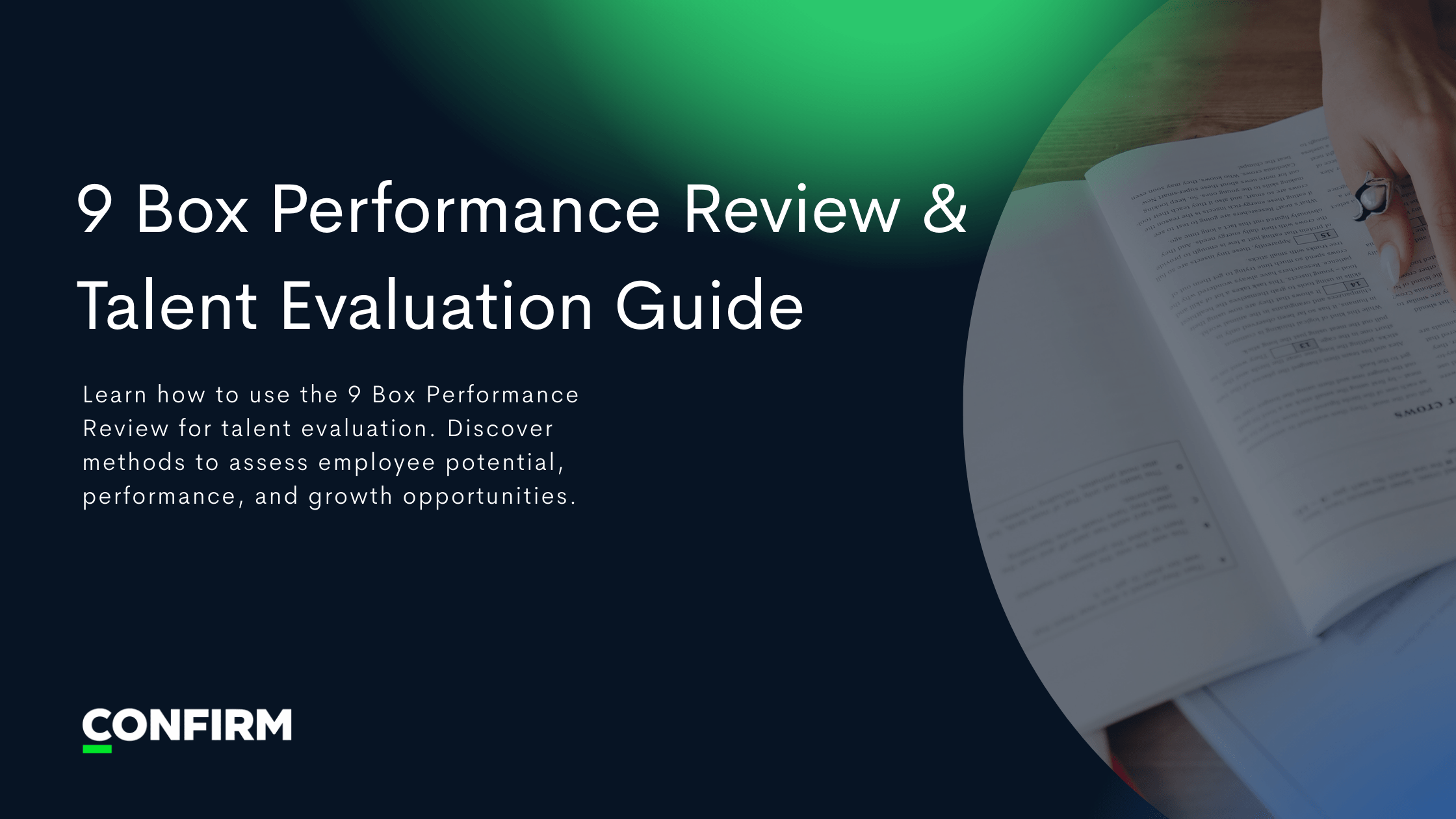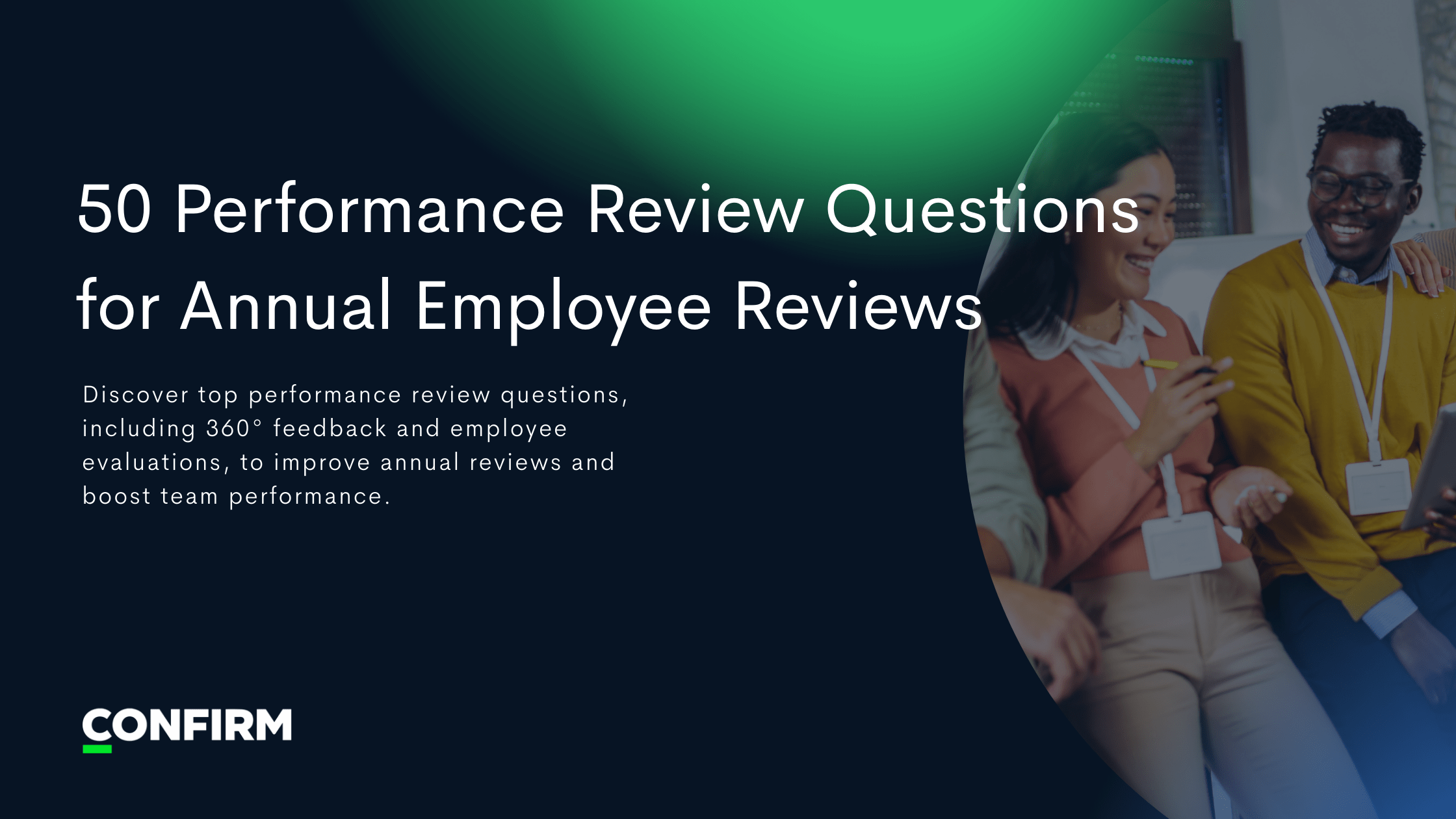
Blog post
Predicting Future Leaders: ONA's Role in Succession Planning and Leadership Development
ONA offers a data-driven approach to identify future leaders, going beyond traditional reviews to uncover hidden top talent.

Why Succession Planning and Leadership Development Matter
The pillars of succession planning and leadership development stand as critical components for organizational success. Every organization, regardless of its size, industry, or geographical location, thrives on the strength and vision of its leaders. These leaders not only steer the ship through calm waters but also navigate it through turbulent storms, ensuring stability and growth.
However, the question that often arises is: How do organizations identify and nurture these potential leaders? The traditional yardstick, such as performance reviews, has been the go-to method for years. Yet, as businesses grow more complex and the workforce more diverse, these conventional methods reveal their limitations. For instance, research shows that a staggering 60% of a manager's performance rating is clouded by bias, leaving a mere 20% that genuinely reflects the employee's performance. Such discrepancies can lead to missed opportunities, overlooking individuals with genuine leadership qualities and potential.
In this dynamic environment, where change is the only constant, the ability to spot and develop future leaders becomes not just an advantage but a necessity. It's about ensuring continuity, fostering innovation, and building a legacy for the future.
The Limitations of Traditional Performance Reviews
The Bias Towards Vocal Employees
In an age where data-driven decisions and real-time feedback are becoming the norm, traditional performance reviews often fall short in capturing the multifaceted nature of an employee's contributions. These reviews, typically conducted annually, have been the cornerstone of assessing an employee's value and potential for decades. However, they tend to favor those employees who excel at self-promotion or have mastered the art of managing up. This creates a skewed representation, often sidelining the quiet contributors who, despite delivering results consistently in their day to day work, might find themselves overshadowed by their more vocal counterparts.
The Grading System Dilemma
The grading system commonly employed in these reviews further complicates matters. When a vast majority of employees typically receive middle-of-the-road ratings, such as 3s and 4s, it becomes a Herculean task to distinguish the true high performers from the rest. Such a system not only dilutes the value of the ratings but also demotivates employees who genuinely outperform their peers but receive similar scores.
The Retrospective Approach
Another significant drawback is the retrospective nature of these reviews. Focusing predominantly on past performance, they often fail to capture the evolving roles, responsibilities, and contributions of an employee. This backward-looking approach can miss out on recognizing an employee's work performance, adaptability, and their potential to take on new responsibilities or challenges in the future.
The Challenge of Bias
Biases, both conscious and unconscious, play a significant role in traditional reviews. Whether it's the recency bias, where recent events overshadow an entire year's performance, or affinity bias, where managers favor employees they relate to, these biases can severely distort the true picture of an employee's work.
While traditional performance reviews have served organizations for years, their limitations in the modern workplace are becoming hard to ignore. The need for a more holistic, real-time, and objective assessment method is clear.
Enter Organizational Network Analysis (ONA)
Organizational Network Analysis (ONA) offers a solution to these challenges. ONA is a method that analyzes the relationships and interactions between team members within an organization. By examining these connections, ONA can identify individuals who are central to information flow, collaboration, and influence within the company.
How ONA Can Predict Future Leaders
Organizational Network Analysis (ONA) is a transformative tool that delves deep into the intricate dynamics of an organization, offering insights that traditional methods might overlook. Here's how ONA can be instrumental in predicting future leaders:
1. Identifying Key Influencers:
ONA doesn't just look at performance metrics; it delves into the relationships and interactions within the organization. By asking questions like "Who do you go to for help and advice?" or "Who energizes or motivates you?", ONA can pinpoint employees who are central to the flow of information and inspiration. These individuals often exhibit leadership qualities, even if they aren't in formal leadership roles.
2. Spotting Hidden Top Performers:
Every organization has its unsung heroes. These are the individuals who might not always be in the limelight but play pivotal roles in the success of projects and initiatives. ONA can identify these "quiet contributors" who might not be vocal in meetings but are instrumental in driving results, problem-solving, and fostering strong relationships with co-workers.
3. Reducing Bias in Performance Reviews:
One of the significant challenges with traditional performance reviews is the inherent biases they can contain. ONA offers a more objective view of an employee's influence, contributions, and network within the organization. This data-driven approach ensures that true top performers are recognized, irrespective of their ability to self-promote or manage up.
4. Supporting Internal Promotions and Succession Planning:
ONA's insights can be invaluable for succession planning. By understanding who the central figures in the organizational network are, companies can identify potential leaders early on. This early identification allows organizations to provide these individuals with the necessary training, mentorship, and opportunities to prepare them for future leadership roles.
5. Understanding Organizational Change Dynamics:
As organizations evolve, so do their networks and dynamics. ONA can track these changes over time, identifying emerging leaders who are adept at navigating organizational change, taking on new responsibilities, and guiding their teams through transitions.
6. Enhancing Goal Setting and Development Plans:
With the insights from ONA, organizations can set more tailored and realistic goals for their employees. By understanding an individual's network, influence, and collaboration patterns, companies can create personalized development plans that focus on bolstering strengths and addressing areas of improvement.
7. Fostering a Collaborative Culture:
Leaders of tomorrow are those who can foster collaboration, build strong teams, and drive innovation. ONA identifies individuals who are central to collaboration networks, making them prime candidates for leadership roles in the future.
Benefits of Internal Recruiting
Internal recruiting, or promoting from within, offers a plethora of advantages that can significantly benefit an organization:
1. Cost-Effectiveness:
Internal recruitment often results in considerable savings. The costs associated with advertising job vacancies, conducting external interviews, and onboarding new hires are eliminated. This can lead to substantial financial benefits in the long run.
2. Familiarity with Company Culture:
Internal candidates already have a deep understanding of the company's culture, values, and processes. This familiarity ensures a smoother transition into their new roles, reducing the learning curve and accelerating their ability to contribute effectively.
3. Boosts Employee Morale and Retention:
When employees witness their peers being promoted, it not only enhances their morale but also reinforces their trust in the organization's growth opportunities. This can lead to increased job satisfaction and reduced turnover rates.
4. Shorter Onboarding Time:
Since internal candidates are already acquainted with the company's operations, the time required for training and orientation is significantly reduced. They can hit the ground running and start delivering results much faster than external hires.
5. Preservation of Institutional Knowledge:
Promoting from within ensures that the organization retains valuable institutional knowledge. Internal candidates bring with them a wealth of experience and understanding of past projects, organizational challenges, and business strategy, which can be invaluable in their new roles.
6. Enhanced Team Dynamics:
Internal hires often have pre-established relationships with co-workers and other team members. This can lead to better team cohesion, improved communication skills, and a more collaborative work environment.
7. Risk Mitigation:
Hiring externally always comes with uncertainties. Even with thorough interviews and background checks, there's always a risk that the new hire might not be a good fit. With internal recruiting, organizations have a better understanding of the employee's work quality, strengths, and areas of improvement, reducing potential mismatches.
Conclusion
In today's rapidly changing business landscape, having the right leaders in place is more critical than ever. Traditional methods of identifying these leaders, such as annual reviews and performance ratings, have shown their limitations. They often miss out on capturing the true essence of an employee's work, their day-to-day contributions, and their potential to take on new responsibilities and challenges.
Organizational Network Analysis (ONA) emerges as a powerful tool in this context. By analyzing the intricate web of relationships and interactions within an organization, ONA provides invaluable insights into who the real influencers are, who the hidden top performers might be, and who has the potential to lead in the future. It goes beyond the surface-level assessments and dives deep into the actual dynamics of the workplace, offering a more holistic view of an employee's performance.
Furthermore, ONA supports the shift from a traditional hierarchical structure to a more networked approach. As work becomes more collaborative and less siloed, understanding these networks becomes paramount. Leaders of tomorrow are those who can navigate these networks, build strong relationships, and drive organizational change.
By integrating ONA into their succession planning and leadership development strategies, organizations can ensure that they are not only identifying but also nurturing the right talent. This proactive approach will lead to a robust leadership pipeline, ensuring that organizations are well-equipped to face future challenges, adapt to organizational change, and stay ahead in their respective industries.
Incorporating ONA is not just about improving the performance review process; it's about future-proofing the organization. It's about ensuring that the leaders of tomorrow are recognized today and given the opportunities and tools they need to flourish.
Frequently Asked Questions (FAQs)
How does the traditional performance review process differ from ONA in assessing performance?
The traditional performance review process often relies on subjective evaluations and can be influenced by biases. It typically assesses an employee's work performance based on past achievements and may not capture the full spectrum of an employee's strengths and weaknesses. On the other hand, Organizational Network Analysis (ONA) provides a more objective view by analyzing the relationships and interactions between team members. This helps in identifying high performers and those with strong leadership qualities based on their influence and collaboration within the organization.
How can ONA help in improving performance and work quality?
ONA identifies both formal and informal networks within an organization. By understanding these networks, organizations can provide constructive feedback and positive reinforcement to employees, helping them improve skills and work quality. Additionally, ONA can pinpoint areas where additional training or resources might be needed, ensuring that employees are equipped to deliver results effectively.
What are the benefits of internal recruiting and how does ONA support it?
Internal recruiting promotes employees from within the organization. It's cost-effective, boosts employee morale, and ensures that the promoted individual is already familiar with the company's culture and standards. ONA supports internal recruiting by identifying employees who have strong relationships with co-workers, exhibit organizational skills, and have consistently exceeded expectations in their day to day work.
How can ONA help in goal setting and performance improvement plans?
ONA provides insights into an employee's accomplishments and their individual performance. By understanding an employee's influence, collaboration, and network within the organization, companies can set realistic goals tailored to the employee's strengths. If an employee fails to meet certain benchmarks, ONA can also help in devising a performance improvement plan that focuses on areas needing development.
How does ONA address the challenges of traditional performance ratings and biases?
Traditional performance ratings often suffer from biases and may not accurately reflect an employee's work performance. ONA reduces these biases by providing a more objective view of an employee's influence and contributions within the organization. It captures the nuances of on the job behaviors, interactions with other employees, and their ability to handle new projects and responsibilities.
Ready to see Confirm in Action?
See why forward-thinking enterprises use Confirm to make fairer, faster talent decisions and build high-performing teams.










